The United States spent 54 Billion dollars on economic development and reconstruction in Afghanistan. The reconstruction effort was a comprehensive, across-the-board failure characterized by shoddy workmanship from shady contractors invariably connected to powerful national or provincial government leaders. The United States Agency for International Development (USAID) was the lead agency in these efforts, and they are responsible for the failure of the reconstruction battle. You will be shocked, shocked, I tell you, to learn that nobody at USAID was ever held accountable. In fact, the concept of accountability is foreign to USAID. Accountability is organic to organizations with meritocratic competence hierarchies. But meritocratic advancements, like trigonometry, two-parent households, and high standardized test scores (according to the FJB era zeitgeist), were all signs of white racism and, therefore, never considered relevant at USAID.
I was the project manager for the first US Embassy Kabul security guard contract in 2005, which included the USAID compound across the street from the Embassy. The USAID staff lived and worked in a small, tightly packed compound that was connected to the embassy by a tunnel under Masood Road. They worked long hours in tight quarters, and they had unlimited access to inexpensive, top-shelf booze. Thursday evening is the start of the weekend in Islamic lands, and Kabul provided a heady brew of wartime danger in an exotic land far from home. I got an unusually intimate look at USAID officers operating in the wild. and was not impressed. They drank too much, which is saying something coming from a retired infantry Marine.
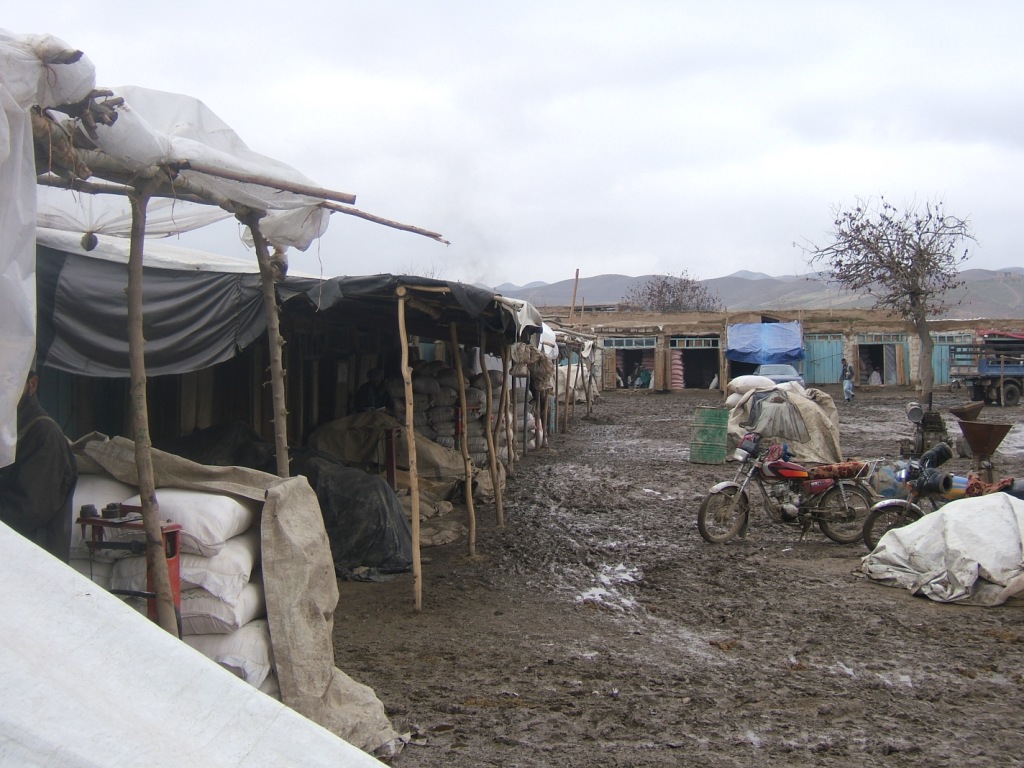
I should be grateful to USAID for funding some of the greatest adventures of my life. The 2006 Winter Emergency Food Assessment of Western Afghanistan jumps immediately to mind, as does the refurbishment of the Nimroz Province irrigation systems from 2010 – 2012. But the truth is I was working with such nominal sums (5 – 15 million annually) that our USAID supervisor was an Afghan employee. He was a good man, high in trait conscientiousness and impeccable honesty, but he refused to leave Kabul to inspect our operations. He gave us everything we asked for (in additional funding) because we finished every project on time and on budget.
Critics of international aid observe that it takes money from the poor residents of rich countries and gives it to the wealthy residents of poor countries. That certainly happened in Afghanistan, but internal corruption doesn’t explain why the billions of aid dollars spent to build infrastructure and governmental capacity produced such limited results. The failure of aid programs in Afghanistan started with money flooding into the country faster than it could be absorbed and ended with the lack of oversight in project implementation.
Every large USAID implementation partner working in Afghanistan’s countryside followed the UN Minimum Occupational Safety Standards (UN MOSS). These mandated enhanced security measures included hardened compounds with RPG screens on top of massive exterior compound walls, a hardened safe room with radio communications to regional UN security offices, armored SUVs, and personal security details provided by approved international professional military companies PMCs.
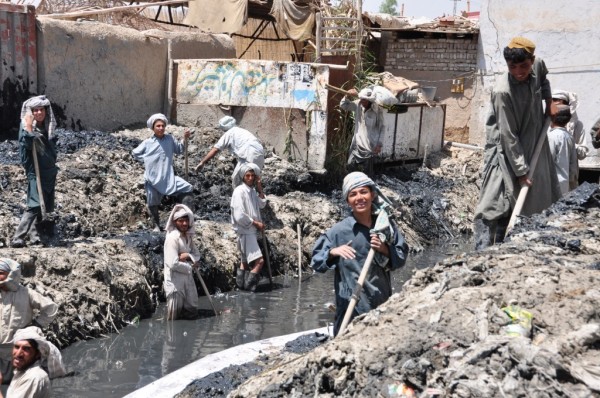
Brand new armored SUVs drew unwanted attention and were bullet magnets in most of the country. The PMCs providing protection details knew this and limited trips outside the compound walls accordingly. Nobody expected international project managers working in places like Kandahar, Lashkar Gah, or Jalalalabad to inspect any of their multiple projects. I was working for Central Asia Development Group (CADG), a Singapore-based company owned by an American couple. They had direct implementation contracts that allowed us the freedom to ignore UNMOSS rules and travel into any area we felt had adequate security.
We found that wearing a local dress driving beat-up Toyotas, living in nondescript local compounds, and minimizing the use of English when out and about gave us the ability to safely move around contested districts. CADG Provincial managers closely supervised all projects, most of which were simple cash-for-work public works projects. We were working in highly kinetic districts in Kandahar, Helmand, Paktia, Khost, Nimroz, and Uzgon Provinces, so we traveled armed.
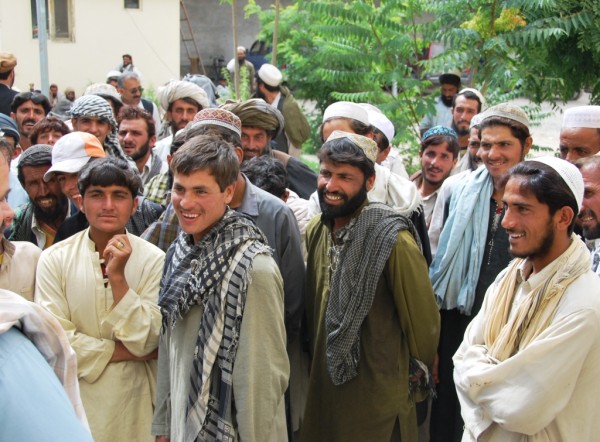
Our projects were manpower intensive, so paydays involved Retrieving between $70,000 to $100,000 in American dollars from a local bank, driving it to a company compound, and converting it into low-denomination Afghani. Transporting suitcases full of Afghani to the payday site, which was normally the city mayor’s compound. Then, holding a pay call for 5,000 Afghan laborers. Moving large sums of money around Jalalabad, Lashka Ghar, or Kandahar was inherently dangerous. Moving large amounts out into rural projects or deep into the Dasht-e Margo (Desert of Death, which was an intensely cool place to visit) was even more dangerous.
Our USAID manager in Kabul steadily increased our annual budgets and approved every project we submitted. I was moved down to Lashkar Gah in 2010 to be the Southwest Regional Manager for the USAID-funded Community Development Program. There was a USAID officer stationed with the British PRT there who immediately reprimanded me for carrying a pistol. He then explained to me how project approvals were now going to work because the British Aid Agency was in charge, and they had different protocols for project approval. The next day, I flew out to Camp Leatherneck to talk to the Marines. I was sent to the G9 and told him I had 20 million in USAID Community Development funds and planned to spend all of it in Nimroz Province, where the Brits and USAID had no say in what I did.
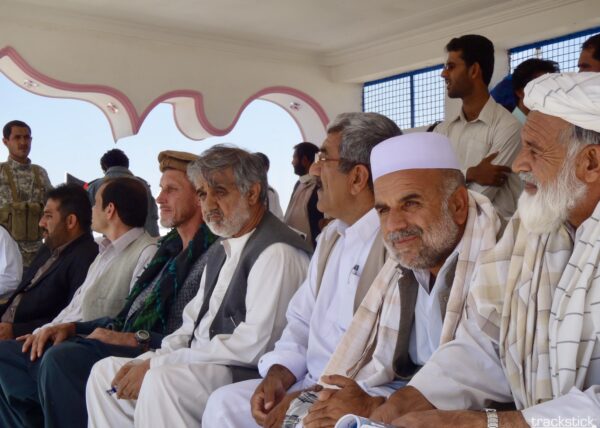
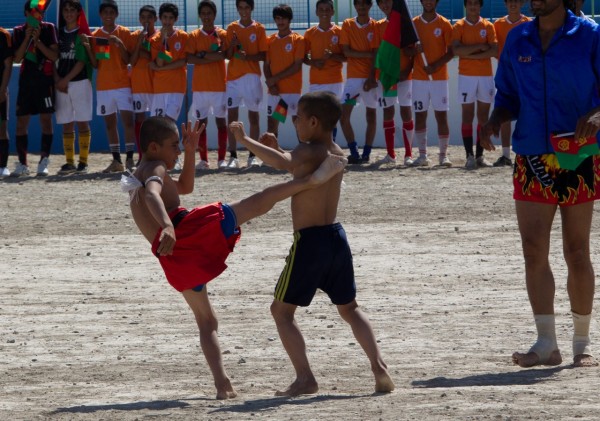
I was a big fan of the governor of Nimroz, Abdul Karim Brahui. Governor Brahui was a graduate of the Kabul military academy who founded and commanded the Jabha-e Nimruz (Nimroz Front) as part of the Mujahedeen Southern Alliance against both the Soviet army and the Taliban. He was a lead-from-the-front commander and the rare Afghan politician who concerned himself more with the people’s problems than accumulating additional power and wealth.
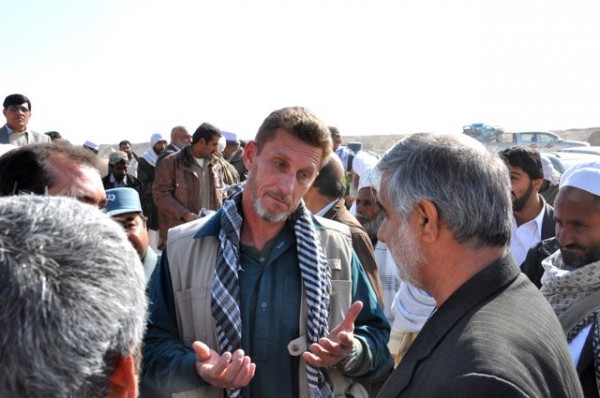
Governor Brahui was as close to an honest politician as one could be in Zaranj, given that the local economy revolved around plastic jerry cans. They were used to smuggle petrol or heroin across the border or to haul water from various sources for sale to one of the two municipal water treatment plants. Teenage boys selling petrol or diesel out of 5-gallon jerry cans dotted every major road in the city. The only way to generate income in Nimroz was to fix their massive, district-level irrigation systems.
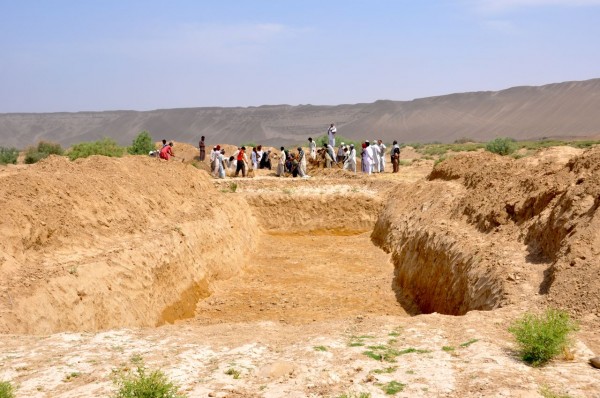
The easiest and fastest project was the Chakhansor district because the Khashrod River, which fed the irrigation system, was dry for most of the year. Using 1,500 local laborers, we rehabilitated 300 kilometers of canals and rebuilt a 170-meter reinforced concrete check dam to capture the spring run-off. The Chakhansor irrigation system served 7,200 farms, and the first post-project wheat and melon harvests yielded outputs three times greater than pre-project averages. The Baloch of Nimroz no longer had to import melons from Kandahar, and if you knew how much Afghans love melons (which are excellent), you would understand the significance of that accomplishment, and we weren’t even getting started.
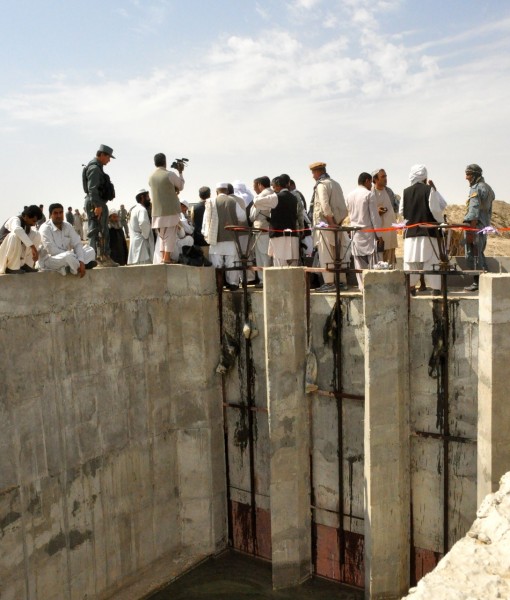
The Chakhansor district project was completed by Mullah John while I was still in Jalalabad. With the large fiscal year 2010 budget, we could do both Charborjak and Kang districts simultaneously, which would mitigate some of the heavy equipment costs. That year, we built 400 miles of irrigation canals, turning 25,000 acres of the Dasht-e Margo into highly productive farmland, allowing the Baloch to get in on the poppy boom. We hired over 18,000 workers to dig these canals in the middle of the desert where the temperature could hit 120° daily.
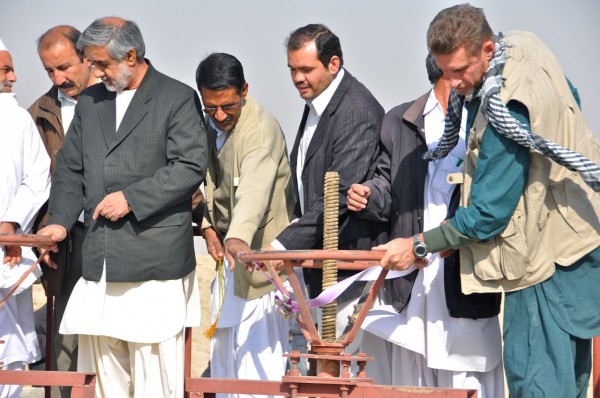
The key to completing these so quickly was we were replacing systems, not building new ones, and we hired as many of the engineers who had built the original weirs and dams as we could find. The only problem with this massive project was the USAID stipulation that no material originating from Iran could be used in the construction. Instead of using high-quality Iranian concrete at $5.00 per 50lb bag, we were supposed to import low-quality concrete from Pakistan, which the State Department insisted was our ally. We worked around that somehow, I don’t remember the details, and finished on time and on budget. But we had a problem: the Helmand River was low due to maintenance at the Kajaki Dam, so our new intake check dam dammed the damn river.
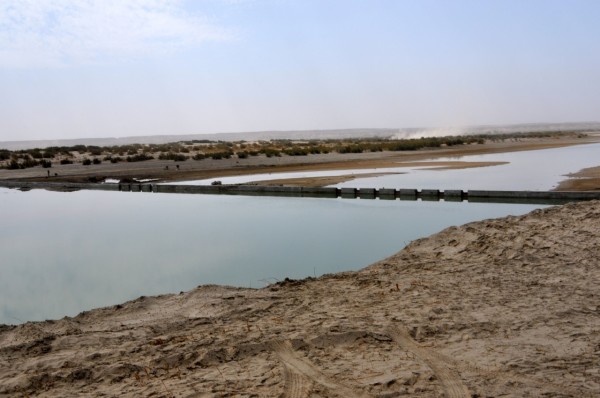
Only after I inadvertently dammed the Helmand River did USAID and the Brits in Lashkar Gah find out I had built two regional irrigation systems, and they were furious. But I had been working for the Marines, and the Colonel running the G9 shop ran cover for me because that’s what Marines do. He also attacked USAID for not doing anything in Nimroz Province except cancel the one Women Empowerment Program that actually worked. The Baloch people dominated Nimroz Province, and they had different cultural expectations for their women who wore the Iranian Chador, not the Afghan Burqa
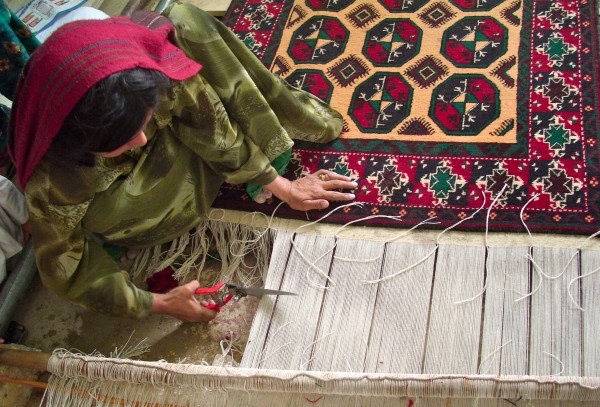
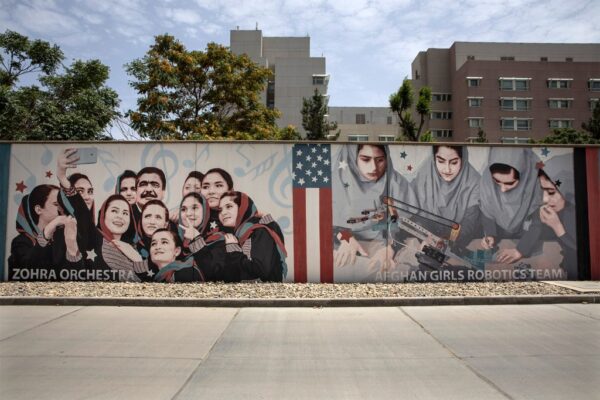
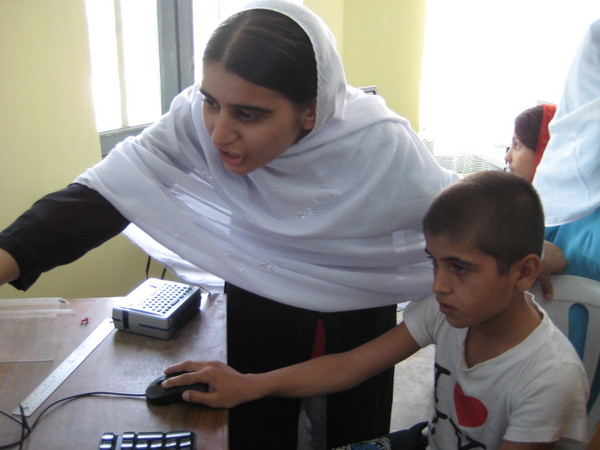
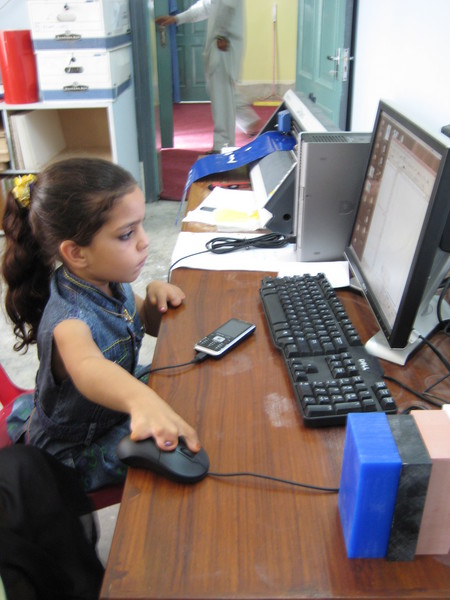
USAID did a great job taking money from the poor residents of America and giving it to the wealthy residents of Afghanistan. They spent 20 years inside a little Kabul compound from which they never ventured and created an alternative reality for themselves where workshops on women’s rights and protections for the LGBTQ community made perfect sense. They endangered the lives of the elite children they showcased in international events like the robotic competitions while ignoring the needs of the rest of the children in Afghanistan. USAID will disappear from the international stage without a whimper; they will not be missed, and hopefully, most of them will find their way into 12-step programs. Fat, drunk, and stupid is not a recipe for the good life, and there are thousands of swamp creatures about to find that out.
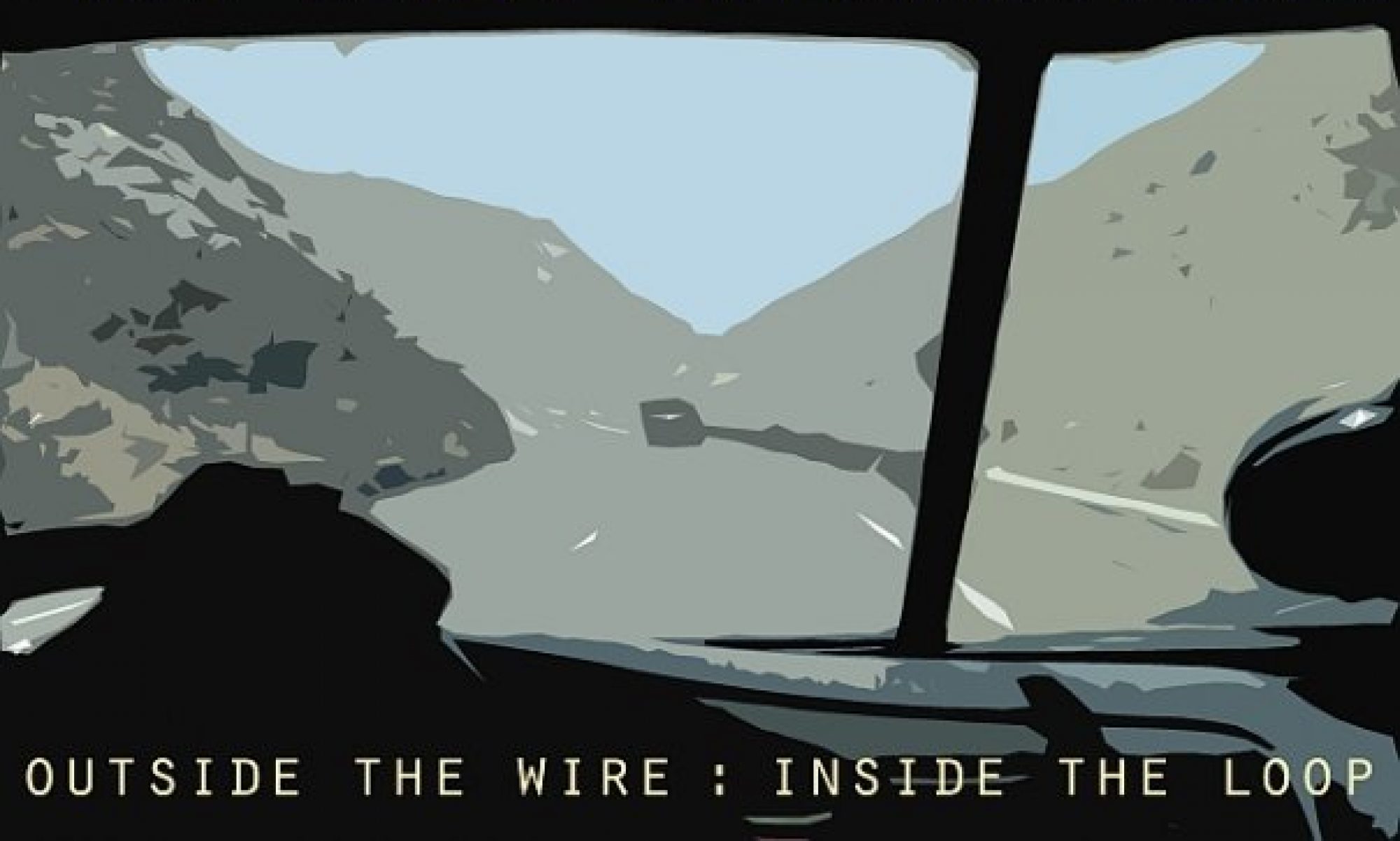
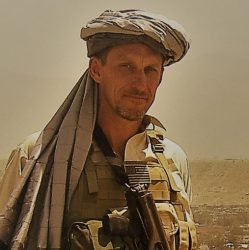
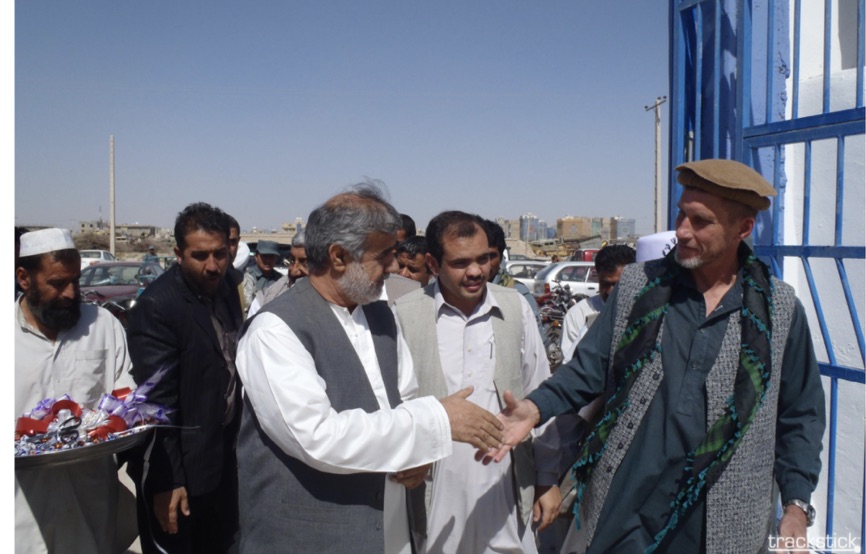

Great first hand account to illustrate what we all are finding out now. Thanks Tim
Thanks, Coach – I always enjoy seeing your comments.
Tim
“Fat, drunk, and stupid is not a recipe for the good life,”
Whoosh! What an ending, Baba Tim!
You did a lot of noteworthy work over there, which frankly, was amazing. I’m glad to read about your work, as well as how USAID functioned.
There’s a lot to process in this article, and I remember bits and pieces of it when you were in the active phases of doing and writing about it as it unfolded.
Thanks, Tim.
Granted, Kanani, this is a harsh indictment, but the results of our time there leave me feeling less than charitable.
David and I have talked often about the upcoming cuts that will take place in healthcare. We both know how many layers of middle management and admin can be cut, and how much those layers not only drive up the price of care, but also take away from direct patient care. There’s so much corruption, but the narrative will be counter to that. This isn’t going to be fun, but already… it hasn’t been fun for a long time.